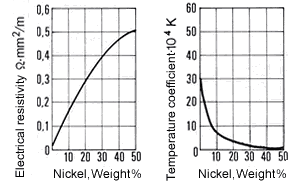Skin depth itself is straightforward, but how it manifests itself in a total reverse-field phase angle is where Bessel functions arise. The best sources for discussion of all this are books on non-destructive testing.
BTW, the previous equations are valid for targets larger than the incident field. That is, edge effects are not considered. I am currently investigating this.
BTW, the previous equations are valid for targets larger than the incident field. That is, edge effects are not considered. I am currently investigating this.


Comment